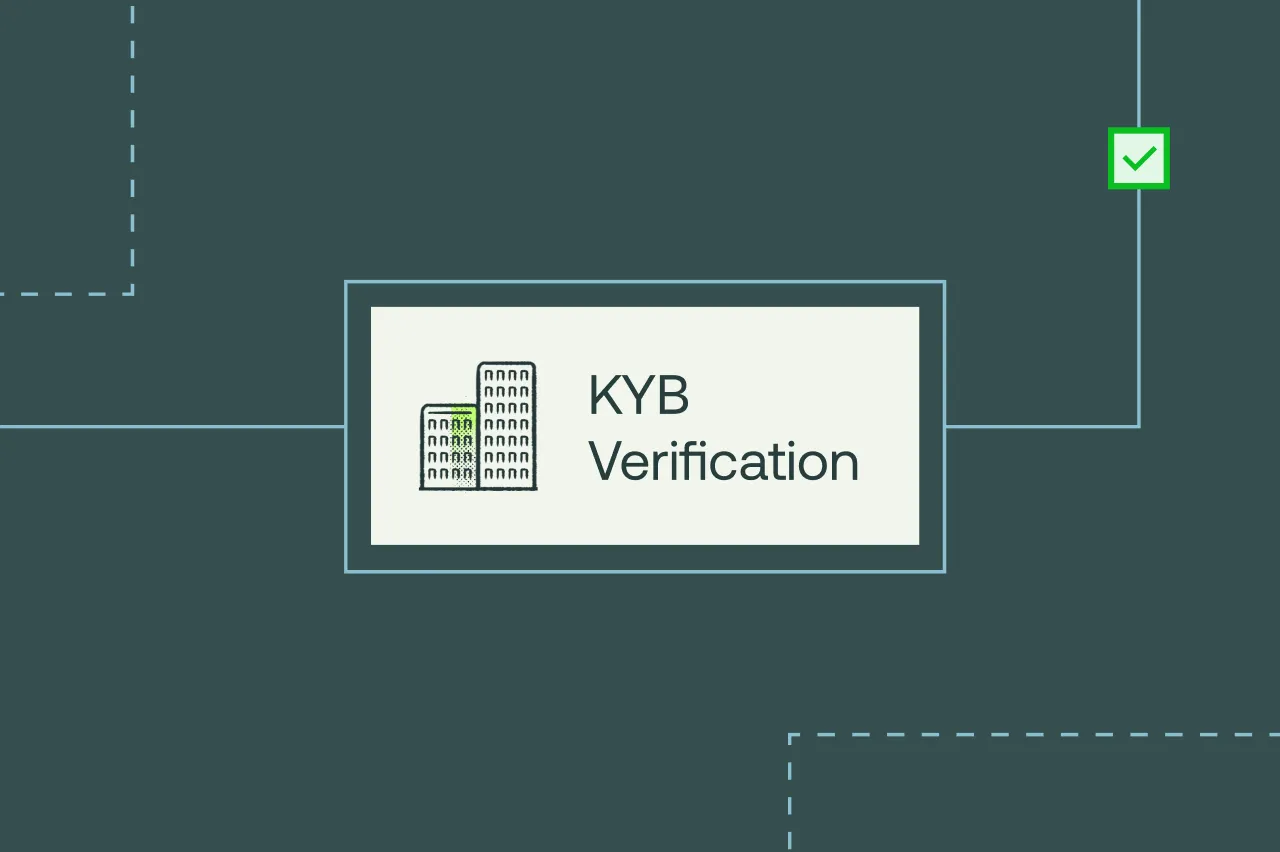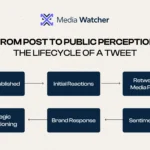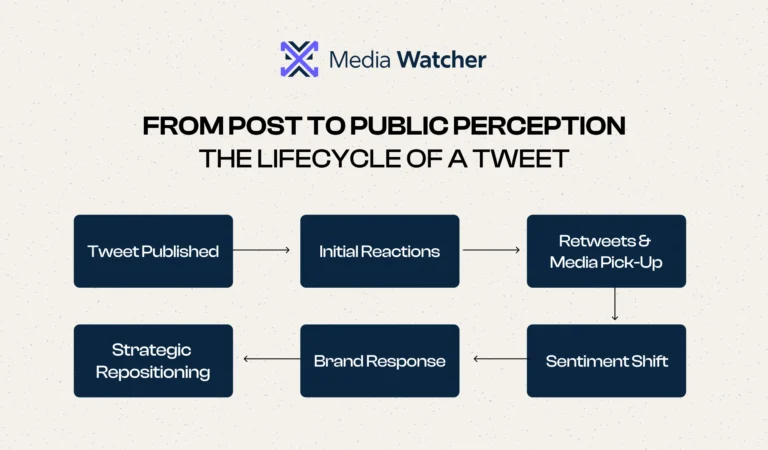
In the modern changing digital economy, authenticity and legitimacy of a business partner is not an option anymore but rather a requirement. The more global transactions are taking place, the more companies are becoming overwhelmed in knowing who they are actually dealing with. It is at this point that business entity verification forms an important aspect of the Know Your Business (KYB) aspect. When organizations verify the structure, ownership, and operational genuineness of all business entities, they can avoid frauds, improve the transparency, and ensure that global standards are met.
Learning Business Entity Verification
Business entity verification can be defined as a procedure that is systematic in establishing the legal registration, the active existence and the validity of a company or an organization. This check up guarantees that a company is not engaging in illegal practices like money laundering, funding terrorism, and tax evasion. It is an important component of the wider compliance system that is called KYB– Know Your Business.
The entity verification process is often carried out in relation to registration documents, business licenses, ownership details, and corporate structure details as compared to official databases or registries. The primary aim is to ensure that the business entity is in existence, compliant with the law, and that its representatives are mandated to represent the business entity.
The Importance of Entity Verification
The current complexity of the world of business networks adds to the threat of fraudulent participants joining the lawful industries. Organizations that do not undertake the necessary entity verification checks are prone to financial crime, reputational harm, and compliance fines. The authentication of a business entity enables the companies to create trust prior to the development of financial or business association.
Financial institutions and fintech platforms to the B2B service providers, all organizations that engage with other businesses must take into consideration the fact that they are conducting business with one of the genuine and compliant companies. Such verification is not just helpful in avoiding regulatory violations but also supports open business environment where trust and accountability are applicable.
Business Entities Verification Process
There are some important steps that are carried out in the process of business entity verification that are meant to establish the legality of a firm, its ownership, and legitimacy in its operation. Every step makes sure that there is no corner of the corporate set up that is secretive or suspicious.
Starting with the gathering of important details about the entity, including its registered name, address, incorporation date and registration number. This information is then checked with the government or commercial registries in order to check authenticity. The next step is the verification of the ownership structure of the company with the identification of beneficial owners and controllers. This assists in identification of shell companies or off-balance sheet ownerships that are often employed to cover up financial offenses.
The second section of the entity checking procedure will involve checking of business licenses, tax returns and compliance certificates in order to ensure that the company is within legal limits of operation. Lastly, constant surveillance is done to make sure that any change in ownership or legal status is detected and acted upon.
Verification with the Help of Entity Resolution
Entity resolution is important in enhancing entity verification processes. It entails detection and connection of records signifying one business entity within multiple data sources. Since company data can be in different format and databases, entity resolution will ensure that there are no duplications, inconsistencies, and false identities.
E.g. a single business may be mentioned in various forms of its name in dissenting jurisdictions. Entity resolution assists in the matching and unification of these records, and through it, compliance teams are able to have a clear and consolidated picture of the company. This measure increases the level of data accuracy, minimizes manual errors and makes the entity verification checks reliable and comprehensive.
Entity Verification Processes Are to Be Automated
With increased rate of digital transformation, companies are moving towards automated mechanisms to carry out entity verification checks. The automation saves on time, cost that would be required in the process of manual verification and enhances accuracy and efficiency. Some of the advanced technologies deployed in these systems include artificial intelligence (AI), machine learning, and data analytics to cross-link business data in international databases.
There are automated systems of checking the company information where discrepancies can be easily identified and the high-risk company can be flagged as such and more information can be obtained. Not only does this automation enhance compliance efficiency but it also enables business to onboard partners and clients more rapidly without having to compromise due diligence standards.
Risk and Compliance Management
Regulatory compliance is strongly connected with effective verification of business entities. The international financial regulators demand that companies should conduct adequate KYB checks in order to avoid money laundering and financing of terrorists. The inability to perform proper checks of entity verification may lead to harsh fines, loss of business licenses, and reputation.
Organizations are able to ensure that they remain in compliance with the regulations like the AML (Anti-Money Laundering) and CFT (Countering the Financing of Terrorism), through the use of a structured business entity verification process. This will help to minimize the risks of financial crimes to a minimum since only legitimate companies are used and preserves the trust in the regulators.
Establishing a Level of Trust Verification
Any business relationship is successful because of trust. Having done due entity verification, companies are able to establish trust and openness to their partners, clients, and investors. It shows the adherence to ethical business and supports the credibility of operations of the organization.
Besides, continuous verification would also mean that trust is not lost even as companies develop and transform. Active oversight of business entities assists in identifying the change of ownership or compliance status so that risk management and decision making can be made proactively.
Conclusion
In a world where the global market is very interconnected, the verification of business entities is one of the pillars of corporate integrity and compliance. It enables organizations to be aware of their partners with and reduces the risk to financial and reputational harm as well as develops long-term and trust-based relationships.
By using both manual and automated means, by installing relevant entity verification procedures, you will only have legitimate businesses in your network. Combining entity resolution and frequent verification procedures into your KYB infrastructure will help your company avoid fraud and create a clear, regulatory, and reliable business environment.
Author Profile
Latest entries
 HockeyDecember 7, 2025Maschmeyer Mutes Sirens: Goldeneyes Secure First Regulation Win with 4-0 Shutout
HockeyDecember 7, 2025Maschmeyer Mutes Sirens: Goldeneyes Secure First Regulation Win with 4-0 Shutout NewsDecember 6, 2025Facial Recognition: The Technology That Sees Us and the Future It Is Shaping
NewsDecember 6, 2025Facial Recognition: The Technology That Sees Us and the Future It Is Shaping HockeyDecember 4, 2025Seattle Steals Franchise’s First Win with Dramatic Final-Minute Goals
HockeyDecember 4, 2025Seattle Steals Franchise’s First Win with Dramatic Final-Minute Goals The HubDecember 4, 2025The Power of Sentiment Analysis in Predicting Sports Trends and Reactions
The HubDecember 4, 2025The Power of Sentiment Analysis in Predicting Sports Trends and Reactions

 Steelersforever.org
Steelersforever.org





